The live music industry has evolved dramatically, with brand partnerships emerging as a crucial element for event success.
In today’s competitive landscape, organizers must leverage strategic collaborations to create memorable experiences that resonate with audiences. This comprehensive guide explores how brand partnerships can transform your live music event from ordinary to extraordinary.
As the music industry continues to adapt to changing consumer preferences and technological advancements, understanding the power of strategic partnerships becomes increasingly vital for event organizers seeking to stand out in a crowded market.
Understanding Strategic Brand Partnerships in the Music Industry
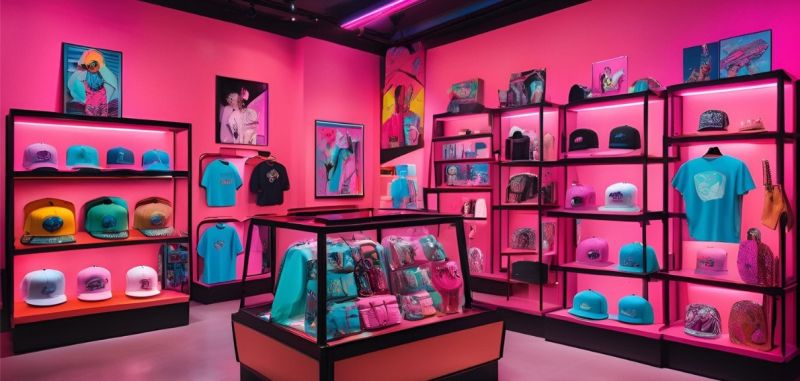
Brand partnerships have transcended traditional sponsorship models to become dynamic collaborations that benefit all stakeholders. Identifying potential sponsors is crucial, as these partnerships create value by aligning brand values with event experiences, leading to deeper audience engagement and enhanced event outcomes. For example, when an outdoor music festival partners with an eco-friendly beverage company, they create authentic connections with environmentally conscious attendees while promoting sustainability.
Modern brand partnerships focus on creating authentic experiences that resonate with target demographics. A rock concert might naturally align with motorcycle manufacturers or craft beer brands, while an electronic dance music festival might partner with technology companies or energy drink manufacturers. These strategic alignments ensure that partnerships feel genuine and add real value to the attendee experience.
The evolution of brand partnerships in the music industry has led to more sophisticated collaboration models. Today’s successful partnerships often involve year-round engagement strategies, moving beyond single-event sponsorships to create lasting relationships with audiences. This approach allows both parties to build stronger connections with fans while maximizing the return on investment for all stakeholders.
The Power of Brand Partnerships in Live Music Events
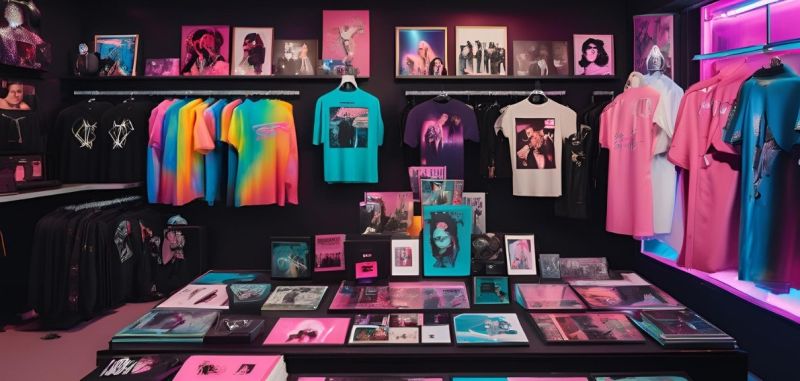
Brand partnerships play a crucial role in the success of live music events. By collaborating with brands that share similar values and goals, event organizers can create unique and engaging experiences for attendees.
These partnerships not only generate additional revenue but also significantly increase brand awareness. In today’s digital age, brand partnerships are essential for live music events to stay up to date with the latest trends and technologies. They enable events to reach new audiences, leveraging the brand’s existing customer base and marketing channels.
This synergy between brands and live music events creates a win-win situation, enhancing the overall experience for attendees while driving business growth for both parties.
Building a Strong Brand Partnership Strategy
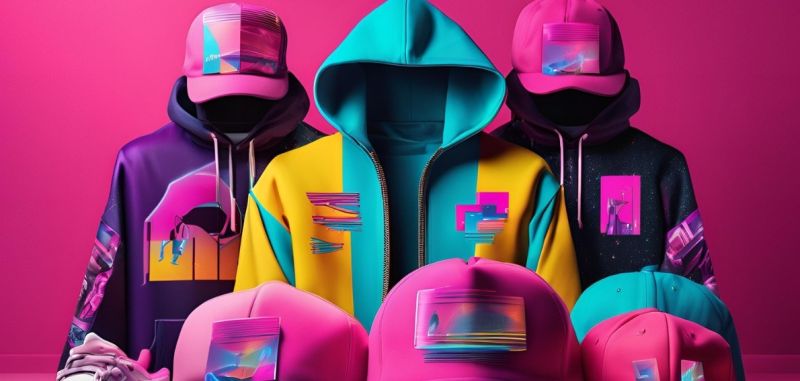
Building a strong brand partnership strategy is essential for live music events. This involves a systematic approach to identifying potential brand partners, crafting a compelling partnership proposal, and executing the partnership effectively.
A well-defined strategy ensures that both the event and the brand partner achieve their objectives, leading to a successful and mutually beneficial collaboration.
Identifying Potential Brand Partners
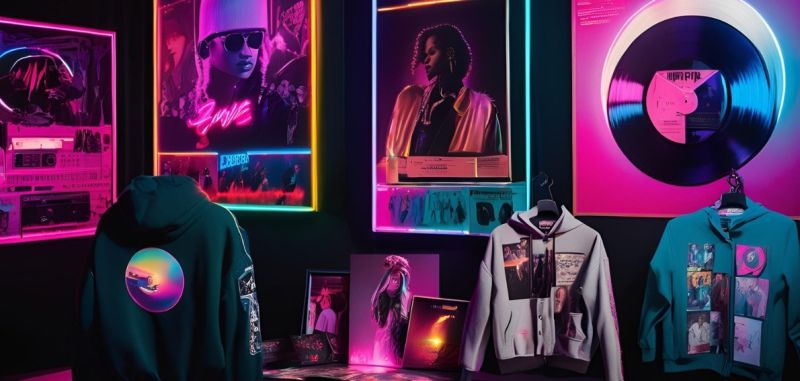
Identifying potential brand partners involves thorough research to find brands that align with the values and goals of the live music event. This can include brands that share similar target audiences, values, and messaging.
Event organizers should look for brands with a strong presence in the music industry or those that have a history of successful partnerships with live music events. By focusing on these criteria, organizers can ensure that the partnership feels authentic and resonates with the audience.
Crafting a Compelling Partnership Proposal
Crafting a compelling partnership proposal is a critical step in securing a brand partnership. The proposal should be clear and concise, outlining the benefits of partnering with the live music event.
Key elements to include are information on the event’s target audience, marketing and promotion strategies, and potential activation opportunities. Highlighting the unique aspects of the event and how they align with the brand’s goals and values can make the proposal more attractive to potential partners. A well-crafted proposal demonstrates the value of the partnership and sets the stage for a successful collaboration.
Maximizing Revenue Through Brand Collaborations
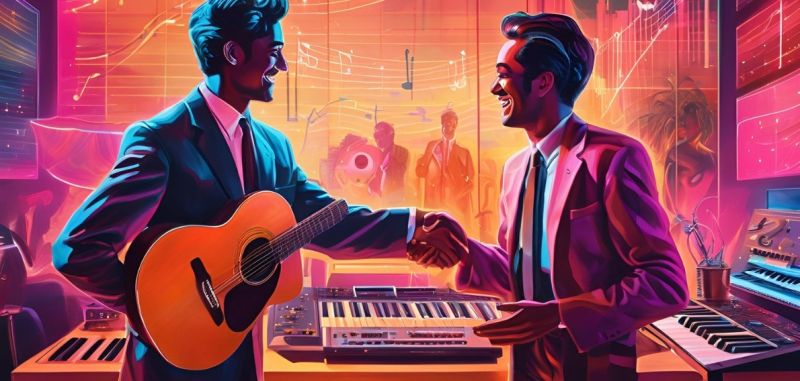
Brand partnerships open multiple revenue streams beyond traditional ticket sales and merchandise. Strategic collaborations can significantly boost an event’s financial performance through various channels:
Sponsorship revenue has evolved beyond simple logo placement to include immersive brand activations and experiential marketing opportunities. Premium partnerships might include stage naming rights, VIP area sponsorships, or exclusive product sampling zones. These activations create meaningful engagement while generating substantial revenue.
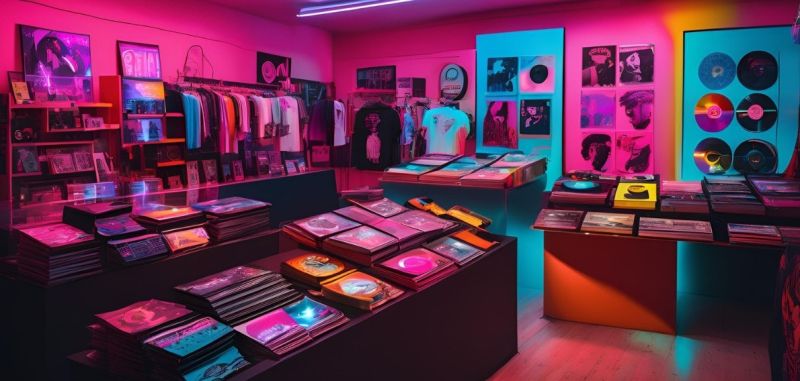
Co-branded merchandise presents another lucrative opportunity. Limited-edition products that combine event branding with partner logos often command premium prices and drive higher sales volumes. From exclusive apparel to collectible items, these collaborations can create additional revenue while extending brand awareness beyond the event itself.
The financial benefits of brand partnerships extend into data monetization and audience insights. Partners gain valuable consumer behavior data, while events benefit from sophisticated marketing analytics. This exchange of information helps both parties optimize their strategies and increase revenue potential through targeted offerings and personalized experiences.
Additionally, brands contribute valuable resources such as quality production facilities and marketing teams, enhancing an artist’s ability to produce superior content and expand their audience reach.
Creating Immersive Fan Experiences
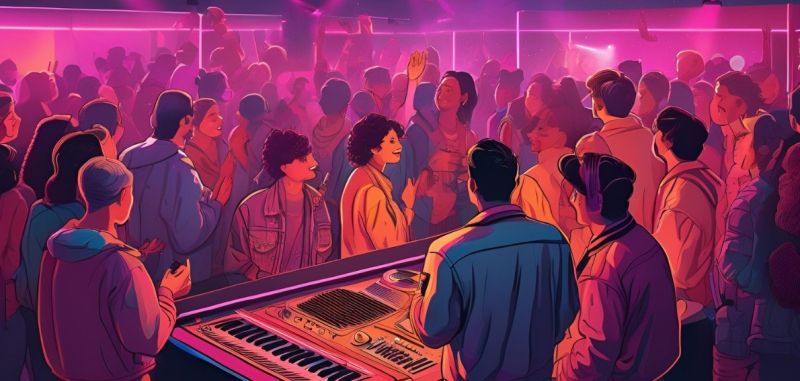
Modern audiences expect more than just music at live events. Brand partnerships enable organizers to deliver immersive experiences that highlight the creative aspects of stage management tasks and sponsorship proposals, enhancing attendee satisfaction and driving loyalty.
Interactive brand activations transform passive observers into active participants, creating memorable moments that attendees share across social media platforms.
Successful activations might include virtual reality experiences sponsored by technology companies, beauty lounges hosted by cosmetics brands, or exclusive lounges created by luxury brands. These experiences add value to the attendee journey while creating organic marketing opportunities through social sharing and word-of-mouth promotion.
The key to creating compelling fan experiences lies in understanding audience preferences and behavior patterns. Advanced analytics and feedback mechanisms help organizers and brand partners design activations that resonate with specific demographic segments. This targeted approach ensures higher engagement rates and better returns on investment for both parties.
Effective Partnership Execution
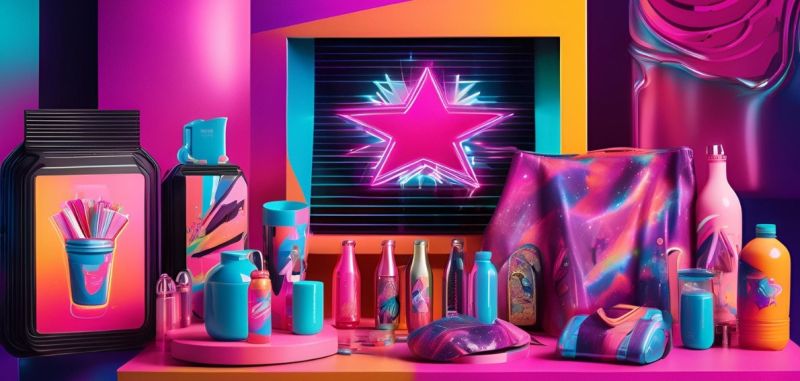
Effective partnership execution is critical to the success of brand partnerships in live music events. This involves setting clear goals and objectives, communicating effectively with the brand partner, and ensuring that the partnership is executed smoothly and efficiently.
By focusing on these elements, event organizers can maximize the benefits of the partnership and create a seamless experience for attendees.
Setting Clear Goals and Objectives
Setting clear goals and objectives is essential for effective partnership execution. This involves defining what both the event organizer and the brand partner hope to achieve through the partnership, such as increasing brand awareness, generating revenue, or creating engaging experiences for attendees.
By setting clear goals and objectives, both parties can ensure that they are on the same page and working towards the same outcomes. This alignment is crucial for the success of the partnership, as it helps to focus efforts and resources on achieving the desired results.
By following these steps, live music events can build strong brand partnerships that drive revenue, increase brand awareness, and create unique and engaging experiences for attendees.
Leveraging Digital Integration and Social Media in Today’s Digital Age
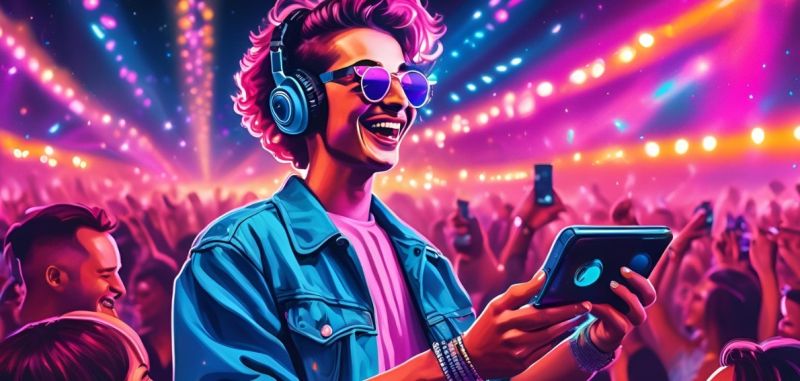
Brand partnerships amplify event reach through integrated digital marketing strategies. Cross-promotional campaigns across multiple channels, including social media accounts, increase visibility and ticket sales while building anticipation before the event. Social media influencers affiliated with partner brands can create authentic content that resonates with target audiences, driving engagement and ticket sales.
Live streaming partnerships enable events to reach global audiences, creating new revenue opportunities and expanding brand exposure. Digital content creation, including behind-the-scenes footage and exclusive interviews, provides valuable content for social media platforms while satisfying audience demand for unique perspectives.
The digital landscape offers unprecedented opportunities for data collection and audience insight generation. Through sophisticated tracking and analysis tools, organizers and brand partners can measure the impact of their campaigns in real-time, allowing for dynamic adjustments to maximize engagement and conversion rates.
Optimizing Event Operations and Infrastructure
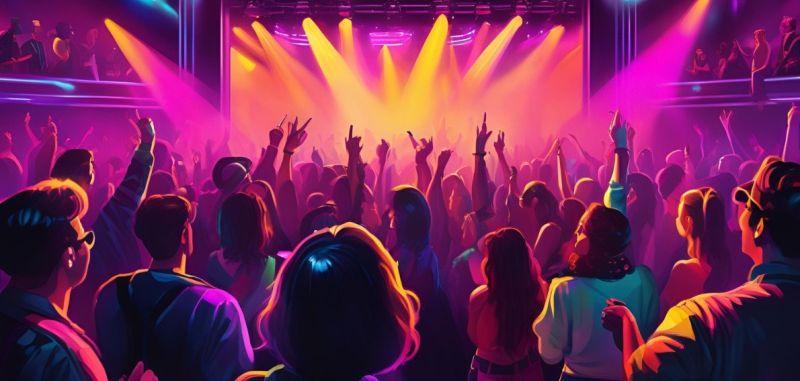
Strong brand partnerships contribute to smoother event operations through shared resources and expertise. Partners often provide essential infrastructure, from advanced sound systems and sound equipment to mobile charging stations, enhancing the attendee experience while reducing operational costs.
Staffing support from brand partners can improve service delivery and reduce labor costs. Additionally, partners may contribute specialized expertise in areas like crowd management or customer service, leading to more professional and efficient event execution.
Technology integration plays a crucial role in modern event operations. Brand partners with technical expertise can provide valuable support in implementing digital ticketing systems, contactless payment solutions, and crowd flow management tools. These technological improvements enhance the overall event experience while streamlining operations.
Measuring Partnership Success and ROI
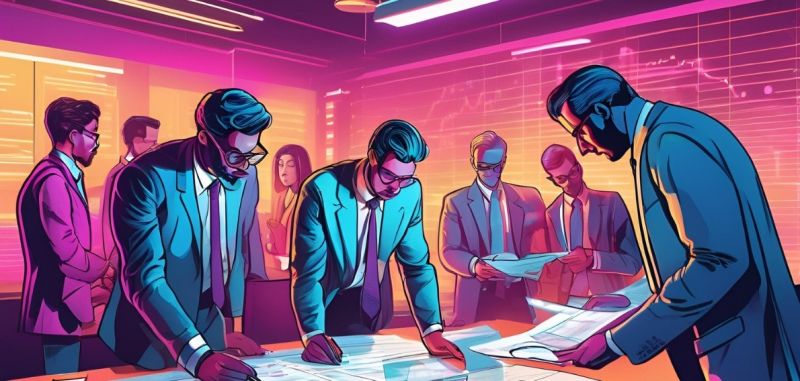
Effective measurement of partnership outcomes, including insights from professional associations, is crucial for long-term success. Key performance indicators (KPIs) should be established early in the partnership planning process, encompassing both quantitative and qualitative metrics:
- Ticket sales and revenue growth
- Social media engagement and reach
- Brand sentiment analysis
- Customer satisfaction scores
- Operational efficiency metrics
- Partnership renewal rates
Regular assessment of these metrics helps identify areas for improvement and ensures that partnerships continue to deliver value for all parties involved.
Building Long-term Success Through Strategic Partnerships

Successful brand partnerships in live music events require careful planning, execution, and the ability to communicate effectively. Key considerations include:
- Alignment of brand and event values
- Clear objectives and measurable outcomes
- Integrated marketing strategies
- Authentic audience engagement
- Operational efficiency
- Sustainable revenue generation
The future of brand partnerships in live music events lies in creating sustainable, long-term relationships that benefit all stakeholders. This includes developing multi-year partnership agreements that allow for deeper integration and more sophisticated activation strategies.
Future Trends in Brand Partnerships
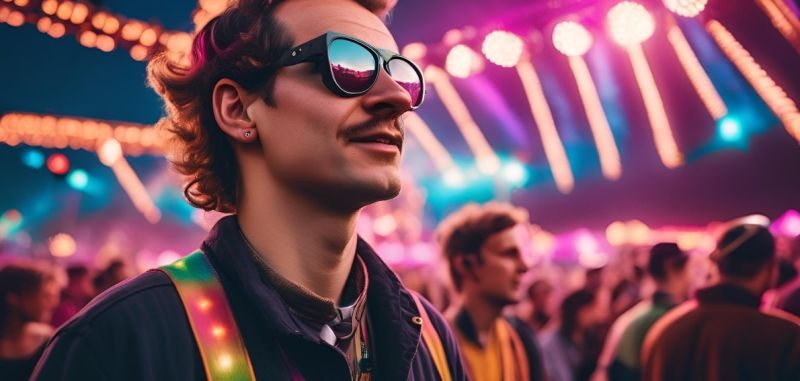
Looking ahead, several emerging trends in today’s digital age will shape the future of brand partnerships in live music events:
- Integration of advanced technologies for enhanced audience engagement
- Increased focus on sustainability and social responsibility
- Greater emphasis on data-driven decision making
- Evolution of virtual and hybrid event formats
- Enhanced personalization of attendee experiences
By staying ahead of these trends, organizers can position their events for continued success in an ever-evolving industry landscape.
Remember, effective brand partnerships go beyond simple sponsorship to create meaningful connections between brands and audiences. Through strategic collaboration, live music events can achieve sustainable growth while delivering exceptional experiences that keep audiences coming back year after year.
Success in this space requires continuous innovation, careful attention to audience needs, and a commitment to creating authentic, valuable experiences for all stakeholders.
Frequently Asked Questions
What makes a brand partnership different from traditional sponsorship?
Brand partnerships represent a significant evolution from traditional sponsorships, offering a more collaborative and mutually beneficial relationship between events and brands. Unlike sponsorships, which typically involve simple logo placement or naming rights, brand partnerships create deep integration between the brand and event experience.
These partnerships focus on delivering value to attendees while achieving strategic objectives for both parties. For example, rather than just displaying a beverage company’s logo at an event, a true partnership might involve creating exclusive branded lounges, developing custom drink offerings, and designing interactive experiences that enhance the attendee experience.
The key difference lies in the level of engagement and integration – partnerships involve shared resources, collaborative planning, and joint execution of initiatives that benefit everyone involved: the event organizer, the brand partner, and most importantly, the attendees.
How do brand partnerships generate additional revenue for live music events?
Brand partnerships create multiple revenue streams beyond traditional ticket sales and merchandise. The primary revenue channels include sponsorship fees for naming rights, branded areas, and activation spaces.
However, the real financial potential lies in co-branded merchandise and exclusive product collaborations. These limited-edition items often command premium prices and drive higher sales volumes due to their unique nature.
Additionally, partnerships can reduce operational costs through shared resources and infrastructure support. Digital content creation and livestreaming partnerships open up new revenue opportunities by reaching global audiences. Some partnerships also include revenue-sharing arrangements for food and beverage sales, merchandise, and other on-site activities.
The data generated through these partnerships can also be monetized, providing valuable insights for future events and marketing initiatives.
What types of immersive experiences can brand partnerships create for fans?
Brand partnerships enable a wide range of immersive experiences that enhance attendee satisfaction and engagement. These might include technology-driven activations like virtual reality experiences, interactive photo opportunities, or augmented reality installations.
Beauty brands might create styling lounges where attendees can get festival-ready looks, while beverage companies might offer mixology masterclasses or tasting experiences. Luxury brands often create exclusive VIP areas that offer premium experiences and services. These activations go beyond simple product sampling to create memorable moments that attendees want to share on social media.
The key to successful immersive experiences lies in understanding the audience demographic and creating relevant, authentic interactions that add value to their event experience.
How can event organizers measure the success of their brand partnerships?
Success measurement in brand partnerships requires a comprehensive approach that considers both quantitative and qualitative metrics. Key performance indicators should include direct revenue metrics like ticket sales, merchandise revenue, and partnership fees.
Engagement metrics such as social media reach, content sharing, and brand mention statistics provide insights into the partnership’s impact on audience engagement. Customer satisfaction surveys and brand sentiment analysis help measure the qualitative impact of the partnership.
Operational efficiency metrics might include reduced costs, improved service delivery times, or enhanced crowd management statistics. Long-term success indicators include partnership renewal rates, year-over-year growth in partnership revenue, and increases in event attendance. Regular assessment of these metrics helps optimize partnerships and demonstrate value to stakeholders.
What are the key considerations when selecting brand partners for a live music event?
Selecting the right brand partners requires careful consideration of multiple factors. First and foremost is brand alignment – ensuring that the partner’s values, target audience, and market positioning align with your event’s identity and attendee demographics.
Consider the partner’s experience in event activation and their ability to contribute meaningful resources, whether financial, operational, or technical. Evaluate their reputation and track record in similar partnerships. The partner should have clear objectives that complement your event goals and the capability to execute their commitments effectively.
Additionally, consider their long-term potential as a partner – whether they can grow with your event and contribute to its evolution. Financial stability and marketing reach are also crucial factors, as is their willingness to collaborate creatively and adapt to changing circumstances.
You May Also Like:
Live Music Event Trends in 2025 That Event Organizers Should Know About
How to Use RFID for On-Site Event Payments and Access Control: Benefits and Best Practices
Mastering Agent Negotiations: Book Top Festival Talent Like a Pro


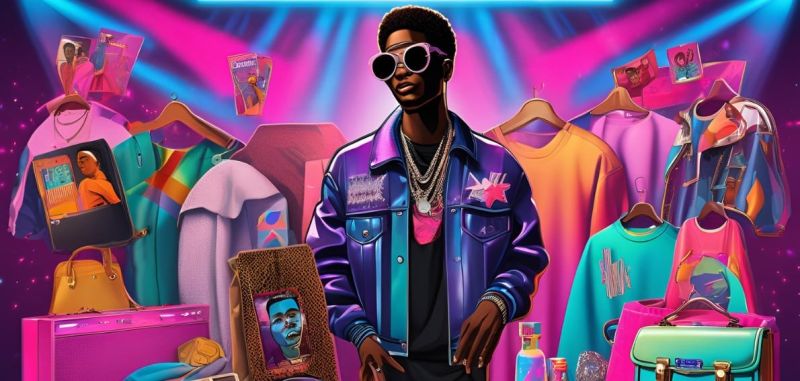
 4th June 2025
4th June 2025